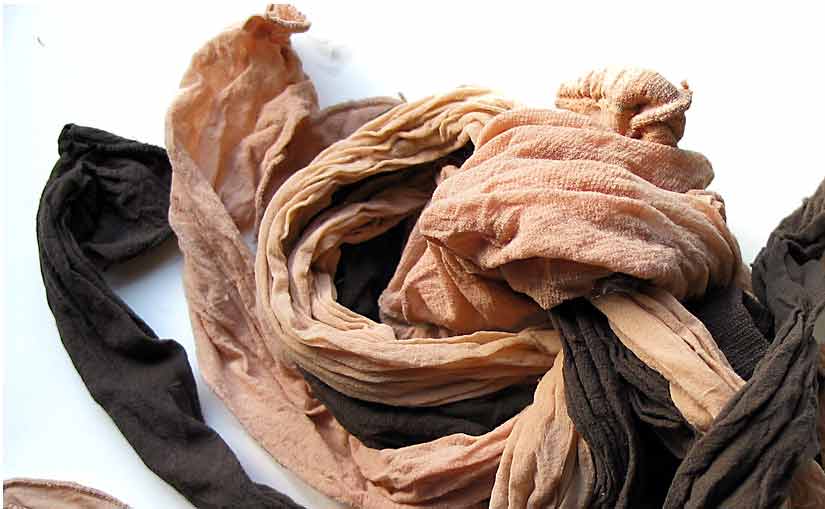Many homeowners and professionals are concerned with the use of caustic soda in their septic tank, cesspits and cesspools. Caustic soda is also known as lye or sodium hydroxide. Caustic soda is considered to be a caustic metallic base used in many industries including the manufacturing of pulp, paper products, textiles, soaps, wash detergents, drain cleaners and drinking water.
Pure caustic soda comes in a white powder or small pellet form. Caustic soda is also available in a solution that is made up in a 50% saturated form. Using caustic soda in a residential or commercial septic system application is a serious concern that should not be taken lightly. Although caustic soda when properly applied can break up heavy deposits of bio-mat buildup, the safety concerns surrounding the application process should be addressed in a manner that will ensure that applicators are adhering to the safety precautions outlined on the caustic soda product label.
Whenever working with any toxic caustic product or chemical, be sure to observe any and all safety precautions. Ensure that you read the entire label. You should also work in pairs of two. One worker should observe the other when applying caustic soda. Be ready to assist the instant there is a problem concerning contact with a hazardous products that may require medical attention. Review all pertinent safety literature; examine any fine points that have been noted from the previous use of this product. Again, we can help to avoid any serious issues by reading directions and following all safety precautions listed on the label and the M.S.D.S. Unlike baking soda it is not advised able to use caustic soda unless it is definitely required, caustic soda has a lot of acidic properties that make it a restricted product from being used in excess amounts, a massive issue that should be examined and reviewed for other options.
Using caustic soda twice a month can be done on rare occasions, but in a much more controlled environment. Never use caustic soda with the application of any other products such as baking soda. It is advised that the team alternate between weeks when applying caustic on a regular basis. The weeks that you are not using baking soda, use the caustic soda. This will often help in keeping the system flowing, as it should.
When taking the time to use this, it is important that you make sure that you are following all of the advisory safety requirements listed on the label and the M.S.D.S. sheet. Requirements that are needed to keep personnel safe and away from many of the harmful effects of caustic soda and any other unsuspecting toxic chemicals that may be exposed to cross contamination. Safety should be the number one concern when using caustic soda. It is advised that safety goggles along with long thick gloves be used. Chemical resistant clothing is advised. Clothing that is heavy and thick is also a great idea to keep in mind. Keep skin covered, no exposed skin should be noticeable.
Inhalation is a concern that should always be observed when using caustic soda. Information and safety precautions regarding the use of such products as caustic soda should be clearly defined on the label and the M.S.D.S. sheets. The data information listed on the label and the M.S.D.S. should not be taken lightly. The information listed on the label should always be clearly visible to the consumer. During the shipping process labels can become obscured, torn or rubbed off to the point that they are illegible. Contact the manufacturer or distributor to obtain an updated label or M.S.D.S. This is very important in protecting yourself and workers.
Proper description of the products and the application directions are essential in the safety of every person involved in the process of applying caustic soda. Being aware of the proper data information and having the same information available to workers and employees can prevent serious injury and even death. Always consult the manufacture before mixing different chemicals. This is due to the fact that chemicals could possibly have a negative reaction becoming dangerous or even explosive if the person has no idea what they are doing.
Do the research and inspect chemical containers before you sign for any package containing a hazard chemical. Make sure you receive product label and a current M.S.D.S. The M.S.D.S. will prove you with a valuable resource in the event you become injured as a result of toxic chemicals. If chemical injures take you to the hospital, make sure to take the product label with you. The medical professionals can start treating you immediately.

